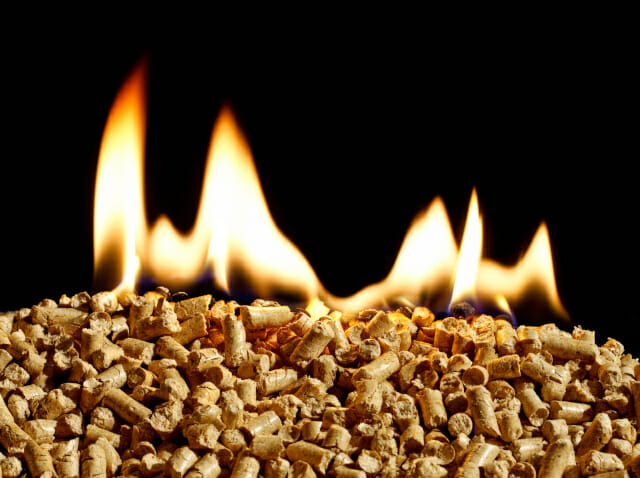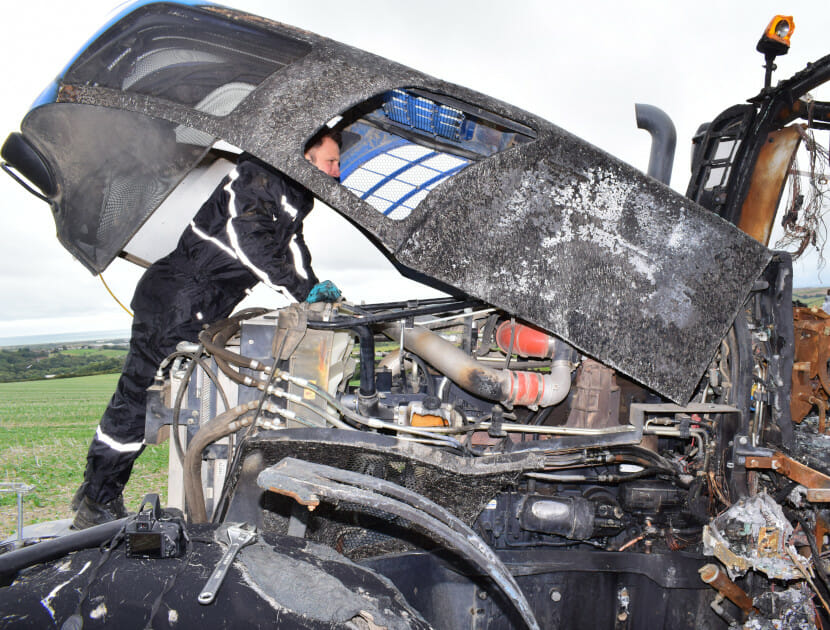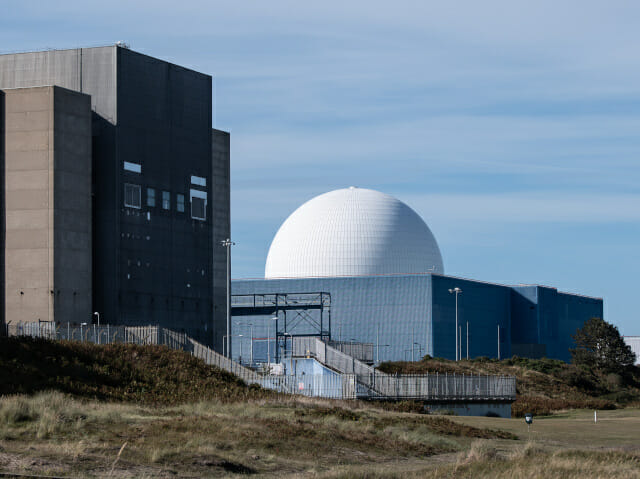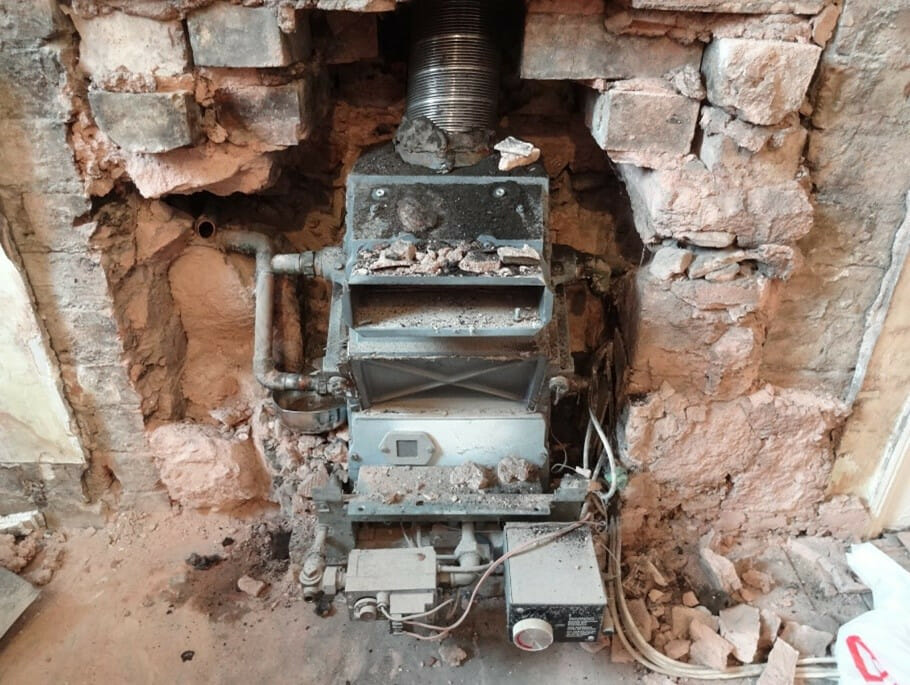Gareth Dobinson

Gareth started his career in engineering with an industrial placement during his third year at Loughborough University. The twelve months were spent working for Xerox as a Systems Engineer where he undertook a wide range of engineering work as well as developing a system to monitor paper control timings for a paper transport module. As part of his placement he spent five months working in Venray, Netherlands, integrating new products into the manufacturing line. On completion of his placement he received a bursary from Xerox for the final two years of his degree. His final year project was sponsored by Xerox and investigated “The environmental effects on glass reinforced plastic”. After completing his degree Gareth joined Xerox on their Graduate Engineering programme based in Welwyn Garden City. During his five years at Xerox, Gareth obtained a wealth of experiences in both the mechanical and software aspects of engineering. He started working in the Mechanical group where he was the lead engineer on a paper handling module. This was followed up by two long term assignments to Senai, Malaysia and Wilsonville, USA. During his third year at Xerox Gareth undertook a conversion course in Software Engineering. The skills learnt on this […]
Luke Collins

Following his Masters in Aerospace Engineering, Luke worked as a Dynamic Test Technician for Ipeco Holdings Ltd, a leading manufacturer of civil and military aircraft seating. In 2009, Luke joined Hannaford Forensic Services Ltd (Hannafords), specialising in the forensic investigation of vehicle fires. During his time at Hannafords, he undertook over 150 investigations, which included road vehicles from all classifications, as well as a large number of off-road plant equipment. To assist with the investigations, Luke successfully completed a VOSA Public Service Vehicle Inspection Procedures and Standards course. On several occasions, he prepared expert witness reports for use in civil litigation and has presented in court in Southampton. In 2011, Hannafords extended into Asia opening a Hong Kong office (HFS-Asia). Luke undertook marine fire investigations, including engine room fires and cargo hold fires. During this time, Luke obtained a Diploma in Marine Investigation from Lloyds Maritime Academy. In 2014, Luke joined Hawkins’ office in Reigate, Surrey. He has expanded his expertise into the field of fire and explosion investigation of domestic and commercial properties, factories and process plants, whilst continuing vehicle and marine fire investigation work. In 2014, Luke completed John DeHaan Theoretical and Practical Fire Investigation courses at Gardiner […]
Ian Giddings

Ian gained sponsorship for his degree from GEC Satchwell Control Systems. Whilst studying for his degree he also undertook periods of formal training with Satchwell in their Electromechanical Section, Technical Laboratory and the London North Office. After obtaining his degree with honours, Ian worked as a design engineer for Satchwell. Ian utilised his knowledge of mechanical, electrical and electronic engineering to take a number of projects from concept to manufacture. These projects included the design of microprocessor based control systems, valve actuators and gearboxes. He was also responsible for project planning and the ISO 9001 documentation for each of his designs. In 1999 Ian joined Dr J H Burgoyne & Partners LLP as a Consulting Engineer, where he specialised in the forensic investigation of fires, explosions and engineering incidents. Ian conducted around 400 investigations and was appointed on several occasions to present expert evidence in accordance with Part 35 of the CPR and also for criminal proceedings. In 2006 Ian joined Hawkins’ office in Reigate, Surrey where he continues to carry out forensic investigations of fires, explosions and engineering incidents. Ian has conducted a wide range of investigations including fires in domestic, commercial and industrial premises, fires in domestic appliances, […]
Andrew Prickett

As part of his first degree Andrew worked for Alusuisse, Switzerland analysing production methods of lithographic alloys and for the Defence Evaluation and Research Agency on new materials for aerospace applications. His career in failure investigation began while carrying out his PhD, which was an investigation to determine the failure characteristics of fibre reinforced composite materials using fracture mechanics and surface analytical techniques, that was sponsored by BAE Systems. After completing his PhD, Andrew continued his interest in failure investigation by undertaking a post-graduate research project for Thames Water on the failure modes of cast iron trunk mains systems.In 2001 Andrew joined Hawkins, specialising in the investigation of materials failures, escapes of water, fires and explosions. He has investigated a wide range of failures in plastic, ceramic, metal and composite materials. He also uses his engineering knowledge and experience of the processes required for a forensic investigation to determine the causes of fires in residential, commercial and industrial premises.Andrew is experienced in the legal process; he is frequently appointed as a Single Joint Expert and has given evidence in the capacity of an expert witness in Magistrates’ and Crown Courts. In 2022, Andrew was promoted to Managing Director and is […]
Andy Bryce

Andrew’s career in forensic engineering began while carrying out an undergraduate placement at the Royal Aircraft Establishment, analysing the cause of aircraft component failures for the Air Accident Investigation Branch. Following his Masters Degree he joined Rolls Royce plc, Military Engine Division in 1988 where he was trained in the forensic investigation of engine failures for both in-service and development engines. Other areas of responsibility included carrying out in-service turbine component condition assessments and writing quality standards. Andrew resigned from Rolls Royce at Senior Scientist grade and joined Hawkins in 1991. Since joining Hawkins, Andrew has carried out over 1700 forensic investigations involving engineering, fire and explosion incidents both in the United Kingdom and overseas. These cases have covered a great range, from small domestic incidents to multi-million pound losses in shops, warehouses, factories, power stations (gas turbines & compressors), aerospace and marine. Andrew is experienced in the legal process and has given evidence in the capacity of an expert witness in Magistrates’ Courts, County Courts, High Courts, Crown Courts, Coroner’s Courts, mediations and arbitrations on numerous occasions. He is listed as an expert in the Expert Witness Directory. Andrew is currently a Director of Hawkins and based in the […]
Investigating Fires Involving Biomass Boilers

Biomass is the use of organic matter as a fuel, used since people first burnt wood to cook food and keep warm. More recently, it has been part of a drive for using renewable energy sources to fuel our homes and businesses, rather than fossil fuels.
Hawkins to join the IMechE’s Steam Turbine and Generator User Group 2022

Hawkins are proud to be a part of the upcoming Steam Turbine and Generator User Group. Organised by the Institution of Mechanical Engineers, the user group will once again bring together this specialist engineering community to discuss key challenges, share new solutions, and offer innovative strategies.
Spark Ignition: Electrical Fires Onboard Vehicles

Forensic investigations into the causation of vehicle fires may be considered, by some, to be a dark art.
The Power of Small Modular Reactors

On 2 December 2021, Clara Lloyd attended the Nuclear Institute/Nuclear Industry Association annual dinner and, together with her co-authors, was awarded the 2020 Pinkerton Prize for their article ‘Expanding Nuclear’s Contribution to Climate Change with Small Modular Reactors (SMRs)’ (Nuclear Futures, Vol. 16, No. 5).
BLEVEs – The Hidden Danger of Back Boilers

Back boilers are often located within a chimney breast behind either an open fire or range cooker, and they are typically installed during a house’s initial construction.